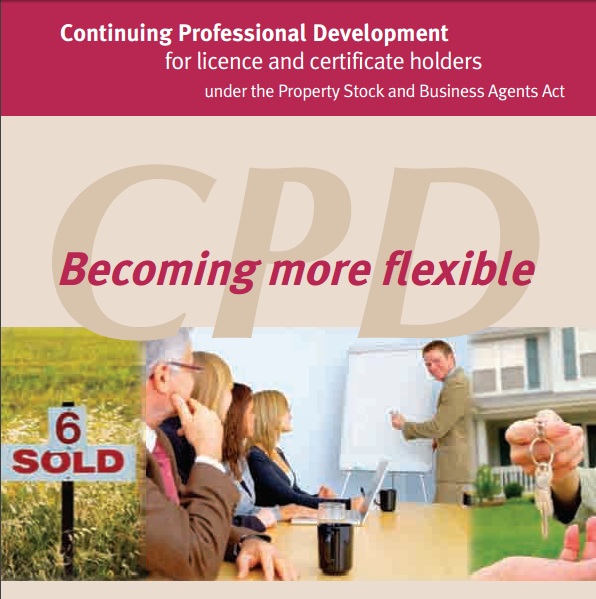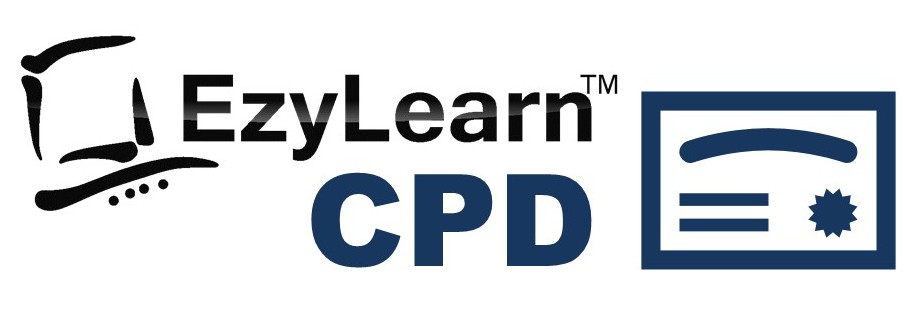If you’re 3 months or more behind, call in help!

WHEN IT COMES TO YOUR BUSINESS ACCOUNT KEEPING, unless you’re a bookkeeper, bookkeeping is probably your least favourite thing. However, it’s also a fundamentally important part of running a business.
We provide business people with a number of courses in Xero accounting software and we know firsthand that, aside from the legal requirement to lodge regular activity statements, keeping your bookkeeping up-to-date also helps you run a more successful business. This is because it allows you to run regular balance sheets, profit and loss statements and many other financial reports that’ll give you a clear picture of how your business is performing.
However, not every business owner has the procedures in place to manage their bookkeeping regularly. It’s ok, it’s not your fault — you were meaning to, but you were busy running your business and time marched on. Now you have to lodge an activity statement, and you’ve just realised you haven’t done any bookkeeping for three months!
When you need rescue bookkeeping
If you have three months or more of bookkeeping to do before you can lodge an activity statement, then you’re in need of a bookkeeper who can perform rescue work. Some of the common bookkeeping problems rescue work covers includes:
- Bank accounts or credit cards that don’t reconcile with statements
- Old un-presented transactions in the bank account or credit card
- Trade debtors and trade creditors don’t balance with the balance sheet
- Dealing with outstanding invoices and bills that have already been paid, but still showing as outstanding
- Incorrect previously lodged BAS
- Incorrect information showing in payslips, tax tables, super guarantee contributions calculations, payment summaries, etc, due to payroll systems being set up incorrectly
- Unreliable inventory figures.
Not all bookkeepers are able to take on rescue work, because it’s lumpy and it requires them to perform a lot of work in a short space of time, which can conflict with their other regular bookkeeping work.
Rescue bookkeeping is often more expensive
Because rescue bookkeeping requires a lot of manpower in a short period of time, it’s often a little more expensive than have your bookkeeping attended to on a regular basis. In most cases, you will be asked to prepay for a minimum of 10 hour’s work or however long it’s estimated it will take to get your bookkeeping up to speed.
Do you need help with rescue bookkeeping work?
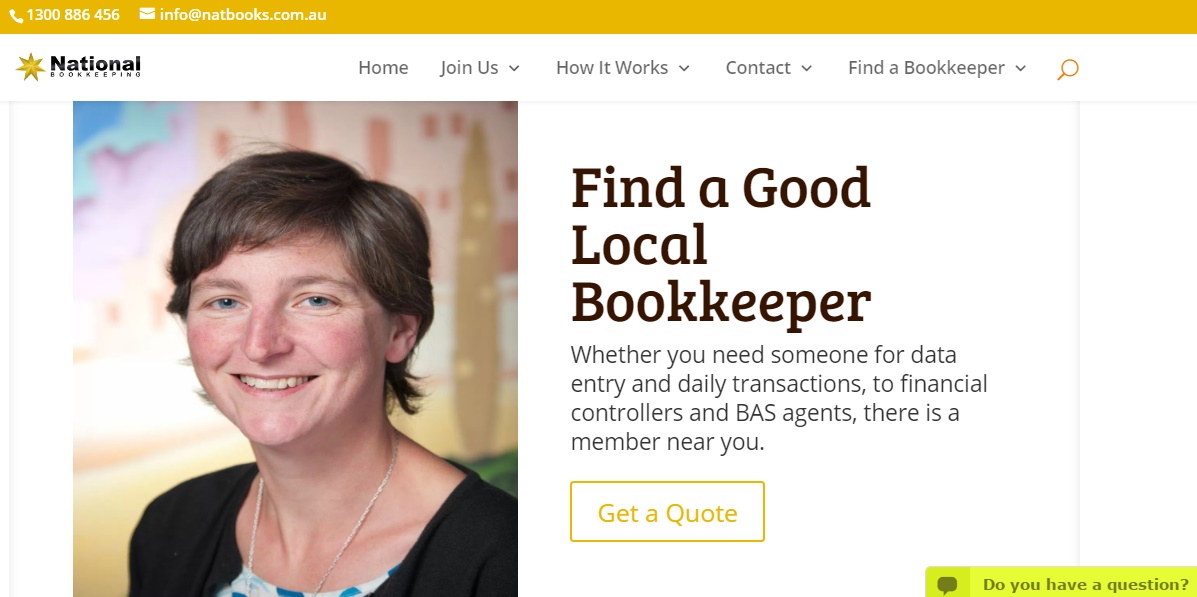
We have bookkeepers, BAS agents and accountants located across Australia, available to help businesses in need of rescue bookkeeping work. Visit our online directory of local bookkeepers and bookkeepers who work ‘in the cloud’ at National Bookkeeping for more information. Here you will be able to see the different bookkeepers’ rates or request a quote.
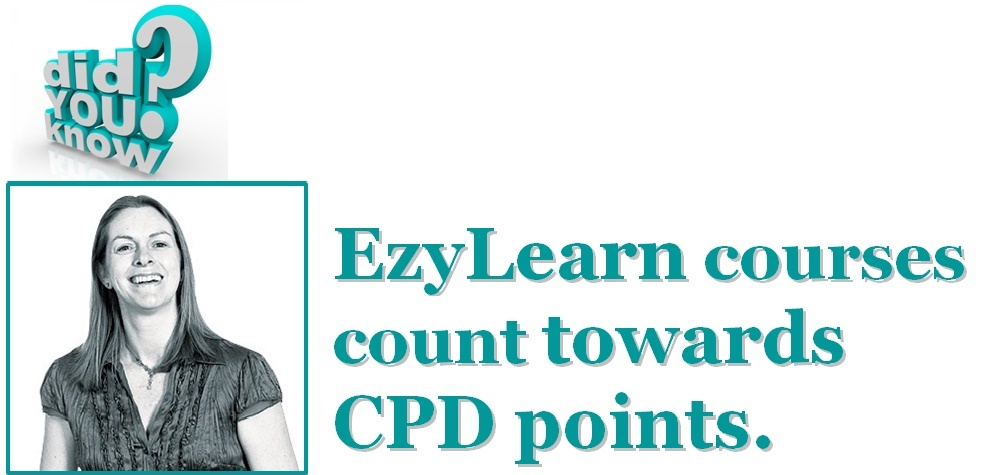
EzyLearn Excel, MYOB and Xero online training courses count towards Continuing Professional Development (CPD) for bookkeepers and accountants. We’ve been an accredited training provider of the Institute of Certified Bookkeepers ever since the organisation started in Australia. Find out how CPD points can be of benefit to you.

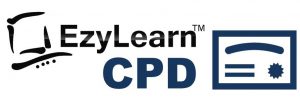

 At EzyLearn we are constantly refreshing the content of our online training courses. Where possible, we draw on real-life case studies as examples, to help you learn, and apply your skills, in a relevant way that makes sense.
At EzyLearn we are constantly refreshing the content of our online training courses. Where possible, we draw on real-life case studies as examples, to help you learn, and apply your skills, in a relevant way that makes sense.  We recently updated our advanced
We recently updated our advanced 
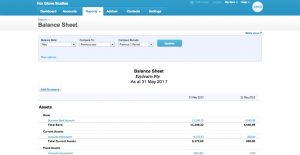 A business’s balance sheet is a snapshot of its financial position at a particular period of time,
A business’s balance sheet is a snapshot of its financial position at a particular period of time, 
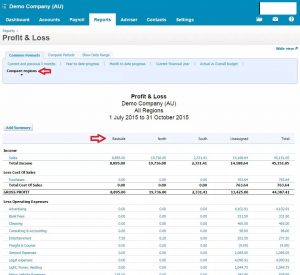
 Although the process of running a P&L differ between accounting software packages, they usually all contain the same elements, depending only on the business itself. In the first section, the cost of sales is subtracted from the revenue, which highlights gross profit. The business’ operating expenses are then subtracted from the gross profit, which leaves the operating profit. Now, all of the non-operating revenues and expenses must be factored into account, after which the business’ profit or loss will be displayed.
Although the process of running a P&L differ between accounting software packages, they usually all contain the same elements, depending only on the business itself. In the first section, the cost of sales is subtracted from the revenue, which highlights gross profit. The business’ operating expenses are then subtracted from the gross profit, which leaves the operating profit. Now, all of the non-operating revenues and expenses must be factored into account, after which the business’ profit or loss will be displayed. 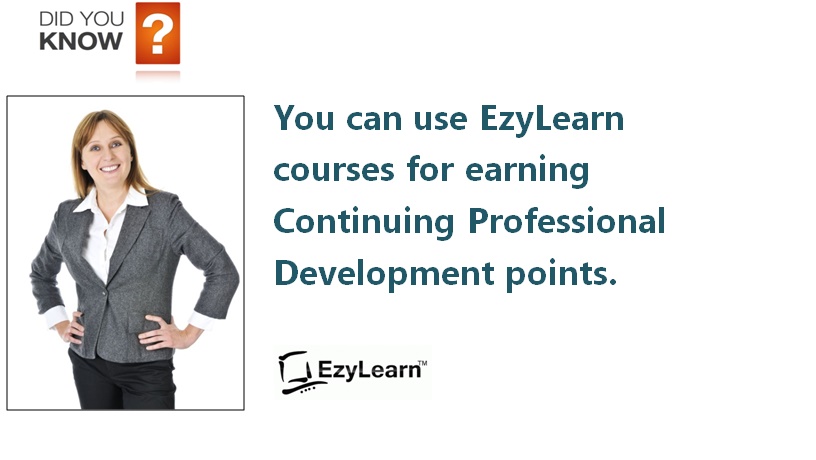
 Most businesses using an accounting program like MYOB or Xero will use the included payroll package to manage their employees’ payroll. For businesses with only a few employees, however, the additional payroll function is an unnecessary expense.
Most businesses using an accounting program like MYOB or Xero will use the included payroll package to manage their employees’ payroll. For businesses with only a few employees, however, the additional payroll function is an unnecessary expense. 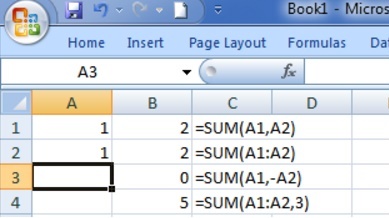 We’ve recently updated our
We’ve recently updated our 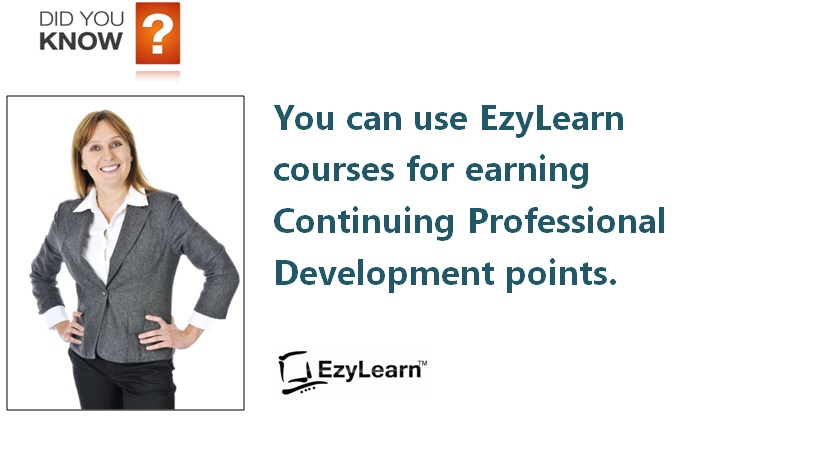

 Before computers and Microsoft Excel came along, accountants used a pen and paper to keep track of their clients’ business financials. And before that, before the numeral system was invented, the abacus was the main accounting tool used by merchants and traders to keep track of their finances.
Before computers and Microsoft Excel came along, accountants used a pen and paper to keep track of their clients’ business financials. And before that, before the numeral system was invented, the abacus was the main accounting tool used by merchants and traders to keep track of their finances. 



